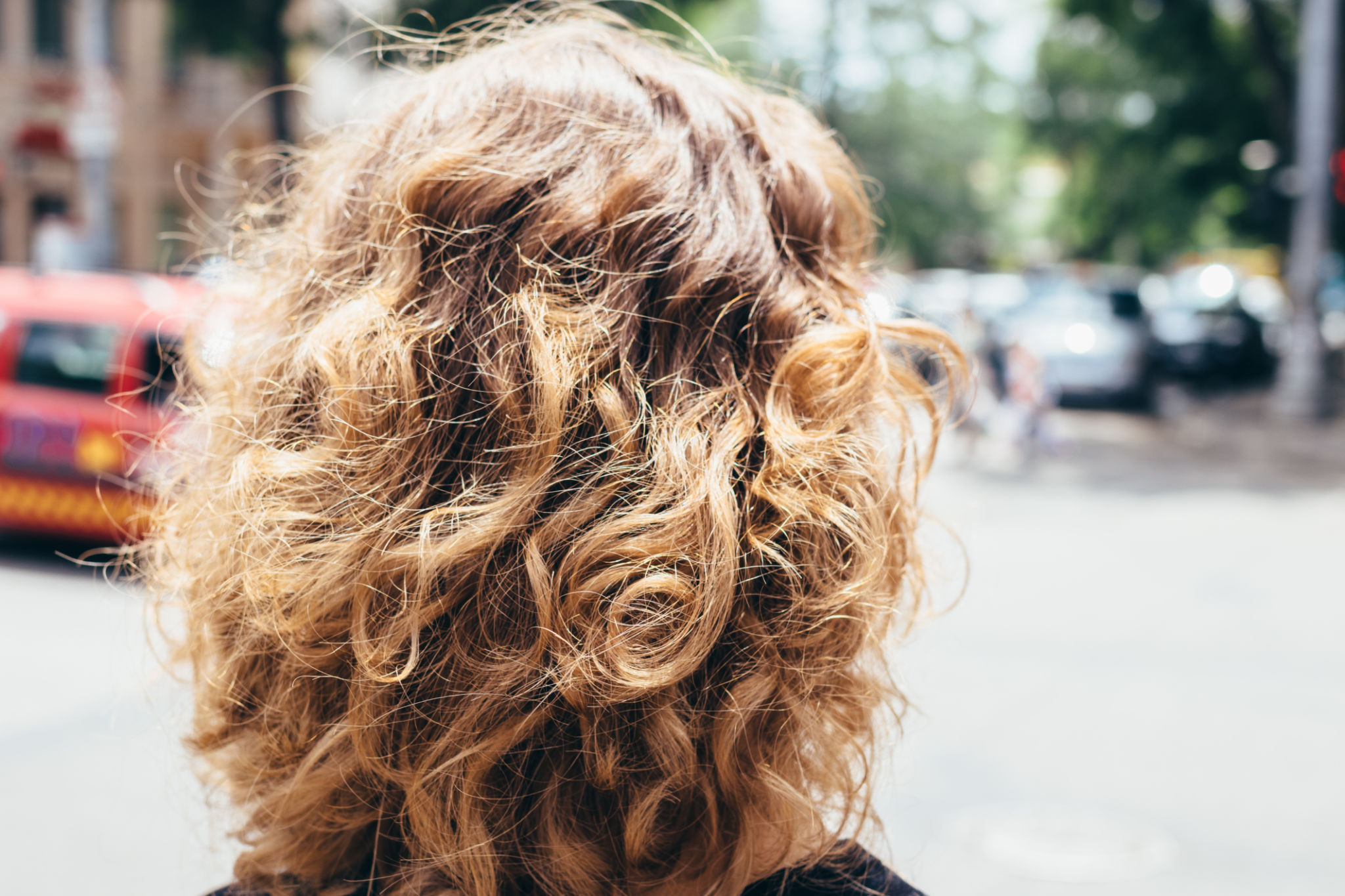Hair Transplant Aftercare: Maintaining Your Results in Different Climates
Understanding Hair Transplant Aftercare
Undergoing a hair transplant is a significant step towards regaining confidence and achieving a desired appearance. However, the journey doesn't end once the procedure is complete. Proper aftercare is essential to ensure the longevity and success of your hair transplant. Whether you reside in a tropical paradise or a chilly climate, understanding how to maintain your results in varying weather conditions is crucial.

General Aftercare Tips
Regardless of the climate, some aftercare practices are universally applicable. Firstly, it is important to follow your surgeon’s instructions regarding washing and caring for your scalp. Gentle cleansing with a mild shampoo is typically recommended to avoid irritation. Additionally, avoiding direct sun exposure and wearing a hat can protect your sensitive scalp during the initial healing phase.
Moreover, staying hydrated and maintaining a healthy diet rich in vitamins and minerals can support hair growth and recovery. Ensuring adequate rest and avoiding strenuous activities will also aid in the healing process.
Maintaining Results in Humid Climates
Living in a humid climate can pose challenges for hair transplant aftercare. The increased moisture can lead to sweat and oil buildup, potentially affecting the newly transplanted follicles. To combat this, consider using a lightweight, non-greasy scalp moisturizer to prevent dryness without clogging pores.

It may also be helpful to keep your scalp clean and dry by washing it regularly with a suitable shampoo. Opt for breathable headwear to reduce sweating and allow air circulation. If you’re prone to excessive sweating, carrying a clean towel or cloth can help keep your scalp dry throughout the day.
Caring for Your Hair in Cold Climates
Cold climates can also impact hair transplant aftercare due to the dry air and low humidity levels. In such conditions, keeping your scalp moisturized is paramount. A hydrating conditioner can be beneficial in maintaining scalp health and preventing dryness.
Additionally, protecting your head from extreme cold with a soft, warm hat is advisable. Ensure the hat is not too tight to avoid putting pressure on the grafted areas. It’s also wise to use lukewarm water when washing your hair to prevent drying out your scalp.

Adapting to Seasonal Changes
As seasons change, so do the needs of your hair and scalp. Adapting your aftercare routine to suit seasonal variations can enhance the results of your hair transplant. For instance, during winter, using a humidifier indoors can help maintain moisture levels in the air, benefiting both your skin and scalp.
In summer, protecting your scalp from UV rays with sunscreen or a hat can prevent damage. Adjusting your hair care products to suit the season’s demands ensures that your hair remains healthy all year round.
Consulting Your Hair Specialist
If you're uncertain about how best to care for your transplanted hair in your specific climate, consulting your hair specialist is always a wise choice. They can provide personalized advice tailored to your unique situation and recommend products that are effective for your environment.
Remember, successful hair transplant results depend not only on the skill of the surgeon but also on diligent aftercare. By understanding and adapting to different climates, you ensure that your investment yields the desired outcome.
